Tutorials / COMPOSITION, ALL TUTORIALS
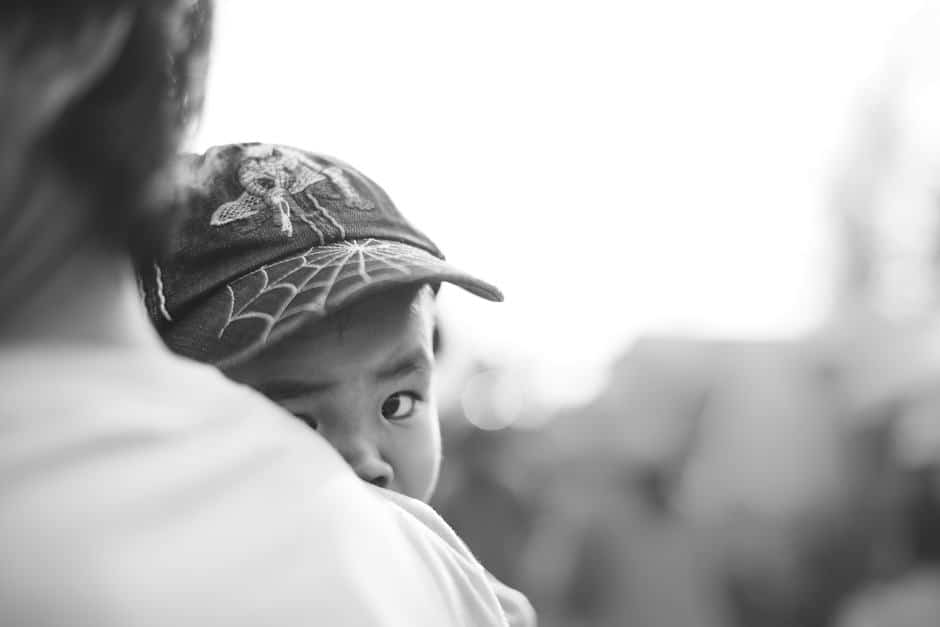
Shooting in the sun
The most basic composition lessons clearly state that whenever possible, you should try to keep the light behind you when taking a photo.
If you don’t, you risk entering the dark dimension of the “backlit universe,” a terrifying land where your backgrounds are blown to smithereens and all of your subjects are underexposed.
Did I mention you’ll also damage your sensor, destroy your camera, and quite possibly blow up your hands in the process? You’ll probably even lose your nose. And both eyes.
Besides, if you don’t keep the sun to your back when shooting, you’ll be breaking the #1 cardinal rule of photography: namely, that each photo you take should be perfectly exposed, perfectly framed, and apply every-single-rule-you’ve-ever-learned-ever about “correct” photography.
And while you’re busy being all perfect, be sure to ignore any other photographers you may happen to meet while shooting on location, and keep all of your KGB-sanctioned photography secrets to yourself.
But hold on a sec – you’re not retired, and you’re probably not a member of some snooty photography club in Paris. You’re young, you’re shooting in Asia, and you’ve chosen a lifestyle steeped in dynamism and flexibility (not to mention the 210%-cooler-than-living-back-home factor.)
So if you’re living the lifestyle of a young, hip, open-minded expat photographer, why are you shooting like an old, conservative, stuffy photo-school grad?
Sometimes rules are meant to be broken.
And sometimes you should – gasp! – shoot into the light.
Now obviously shooting into the sun will create some issues, as I mentioned earlier. Because your camera’s metering mode is confused by the light, your exposure will end up all wrong: your subject will be too dark, and your background (bright sky) will be an overexposed, burnt white.
This is a challenge (woo-hoo!) to be embraced, not avoided.
So how can you deal with such a situation?
Option #1
Your first instinct might be to overexpose your photo in order to compensate for your underexposed subject.
The problem with this technique is that your background will then become WAY overexposed, and look like an ugly washed out white area reminiscent of oh, I don’t know, Detroit.
If you want to play with this technique anyway, try it when the sun is soft and low on the horizon, in early morning or late afternoon. This will create a soft, golden overexposed background, which I like to call the “fashion blow up.”
Option #2
Instead of overexposing your photo, you could switch to spot metering and expose for your subject. However, I’ve found that overexposing the photo is always much faster than trying to switch to a different metering mode in the middle of a shot.
Option #3
Shoot in silhouette (how film noir!).
If you accurately expose for your background and it is very bright outside, your subject will become a beautiful, pitch black silhouette.
This option works well if the silhouette of your subject is clear (a lady with a Vietnamese hat, a running kid, etc…). If, on the other hand, your subject is looking straight at you with no particular shape to be observed, they’ll end up looking like an old black sausage.
Be sure to place your subject directly between you and the sky for best results. This may require you to get down on the ground in order to shoot, so be mindful of your environment (I rarely shoot silhouettes in the streets of Hanoi, for instance).
Most cameras have a function that I call the “quick silhouette mode.” Technically it’s called the exposure lock, but that sounds so boring and mechanical.
On Canon, silhouette mode is the “star” button, while on Nikon it’s the “AE-L” button. Use it by pointing your camera to the brightest area (sun or sky) and pressing it (just once for Canon, holding it for Nikon).
This function will expose for this brightest area and lock that exposure in place (hence the name exposure lock!).
Once your exposure is locked, get down low, focus on your subject and take your shot.
“Quick silhouette mode” is great for just that – a few quick silhouette shots. If you’re planning on making a day of it, I recommend another solution:
- Point to the brightest area of the sky and check the camera settings (that is, if you’re shooting in aperture mode).
- Switch to manual mode and apply the exact same settings.
Now every single photo you take will be exposed for the brightest area. These settings will work as long as the light stays the same.
Option #4
Use a flash. Yes, this is something you could do, use a flash. Honestly, I prefer to wake up at 4am than using a flash. Yeah, I love to hurt myself too.
You now have at least 3 solid options for shooting into the sun, so feel free to take a risk, break the rules, and send me your results here!

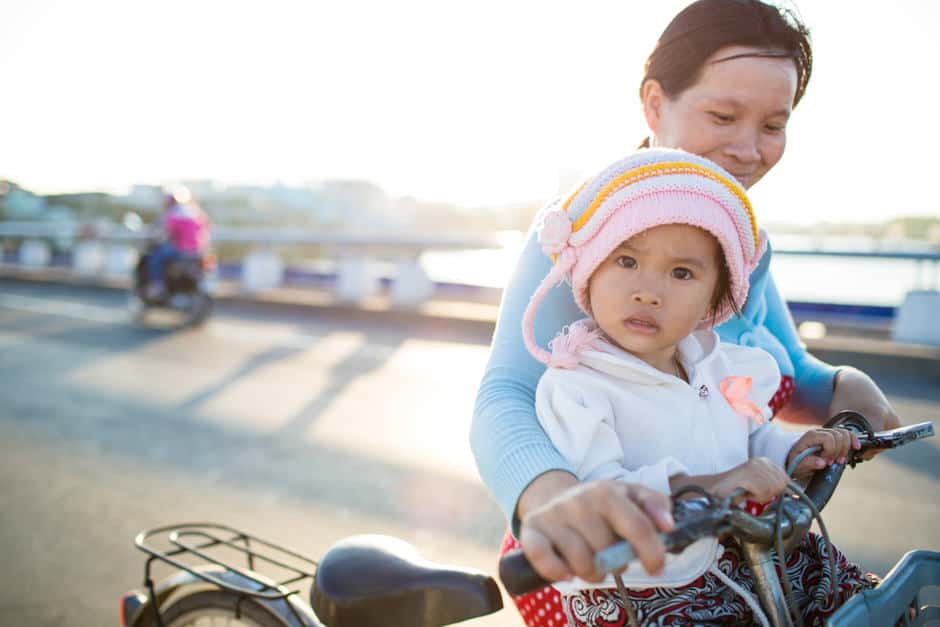
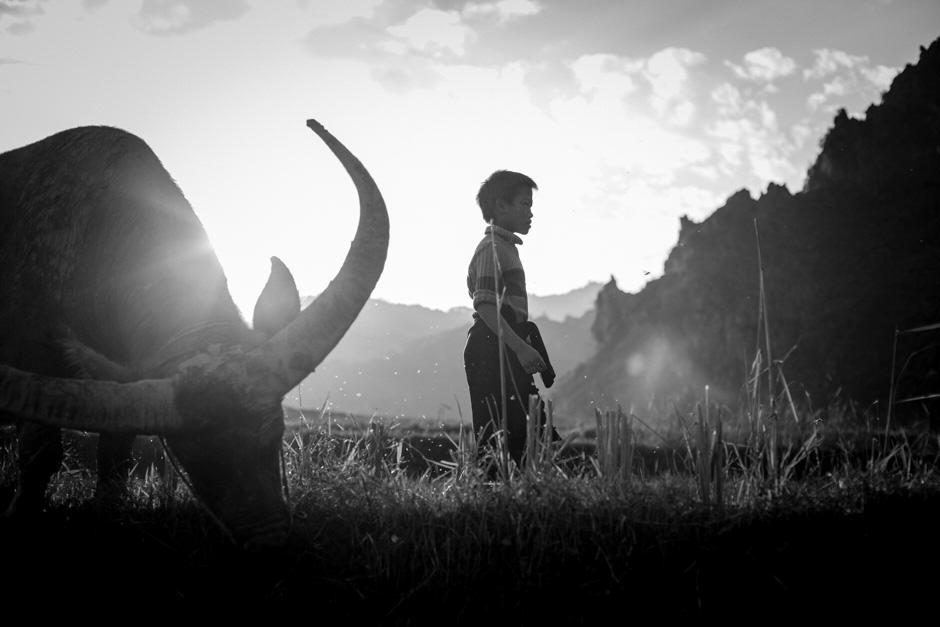
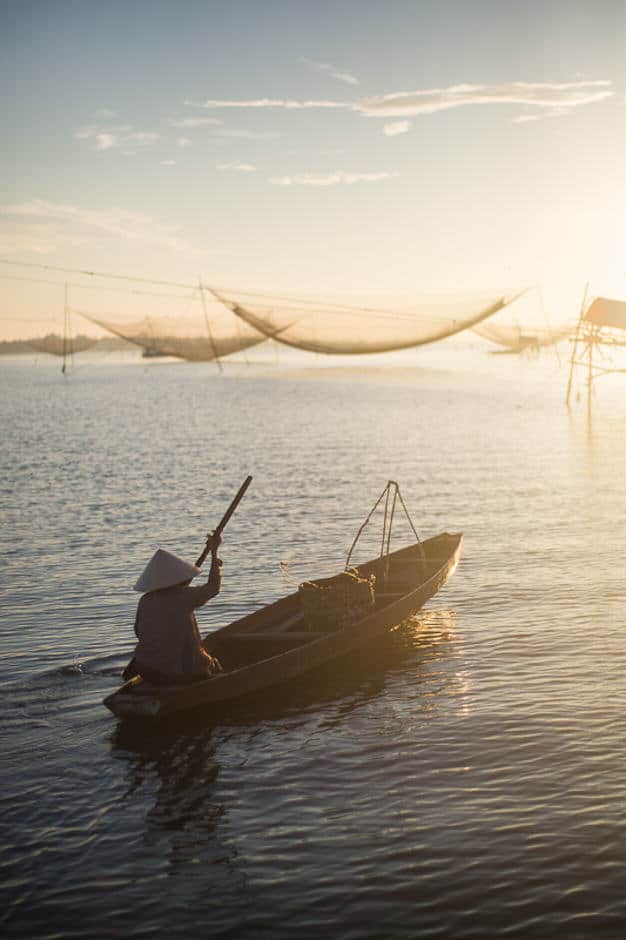
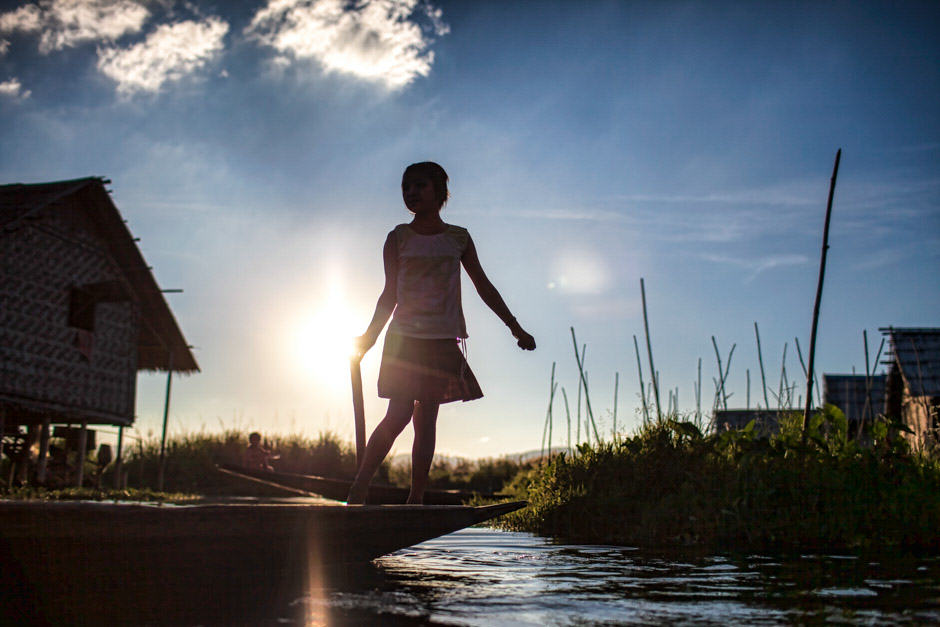
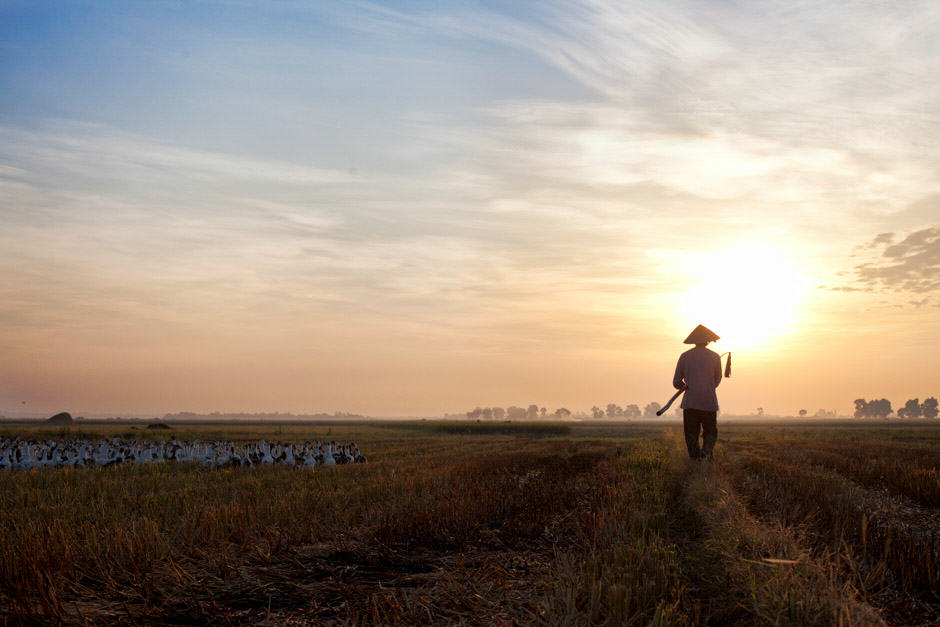
Excellent article Etienne. Agree with you for all. Especially for breaking the rules!
Thanks Rehahn!
More great tips. Thanks!
Small tips but great work Etienne! Thank you for sharing!